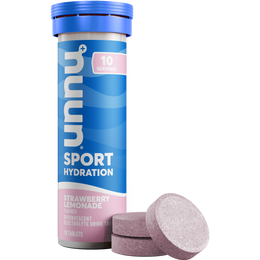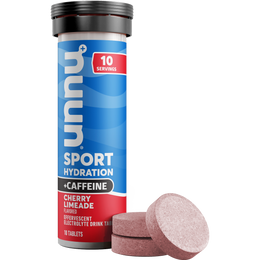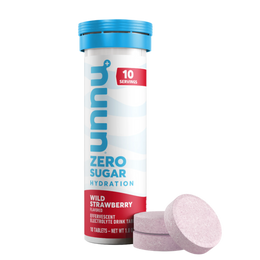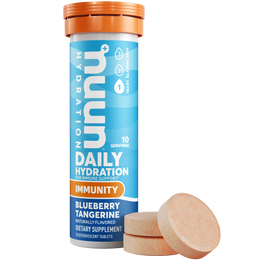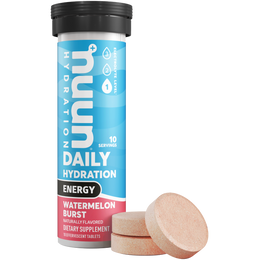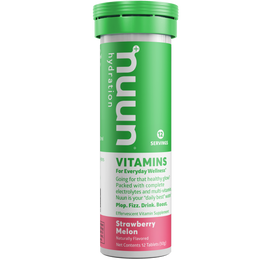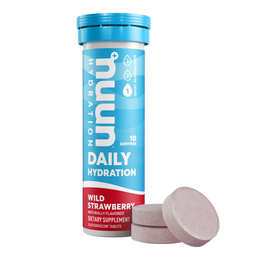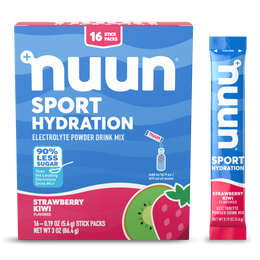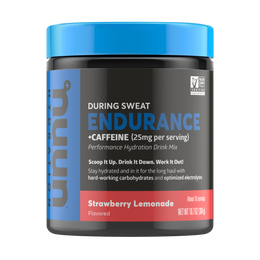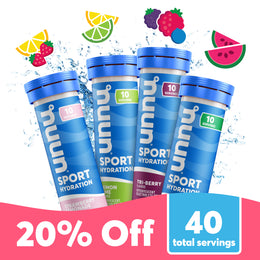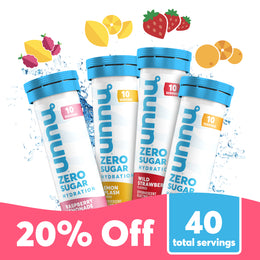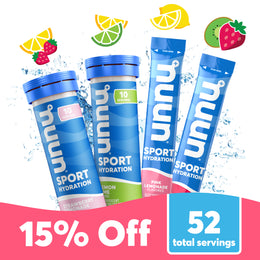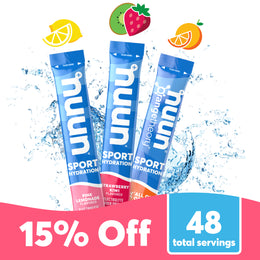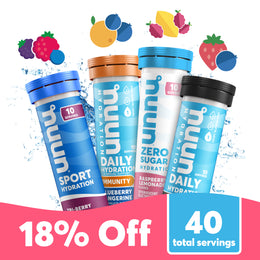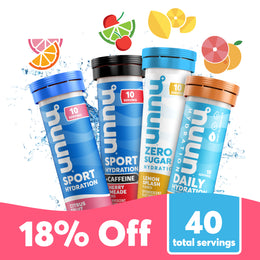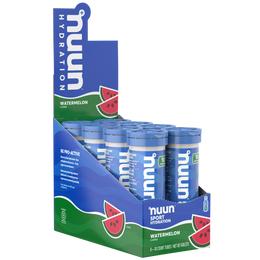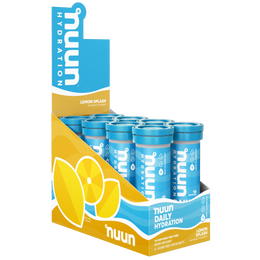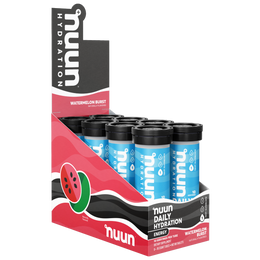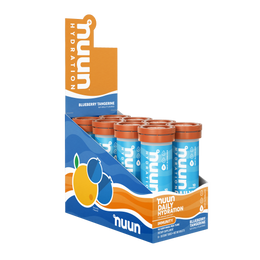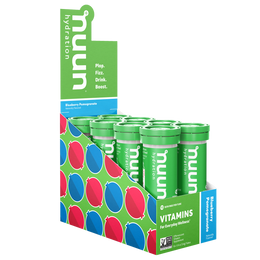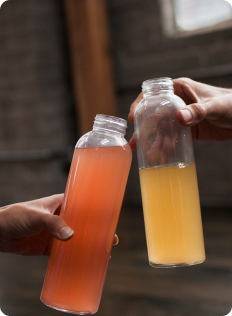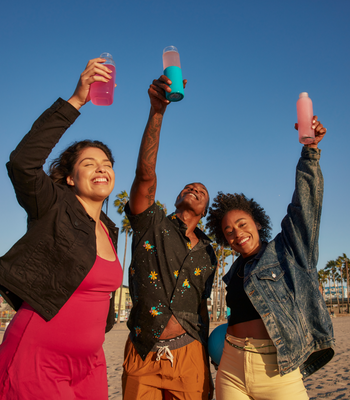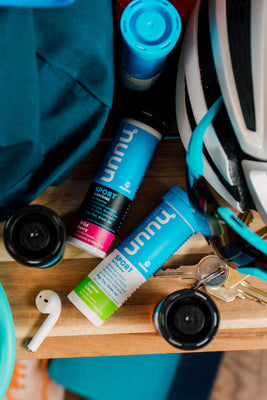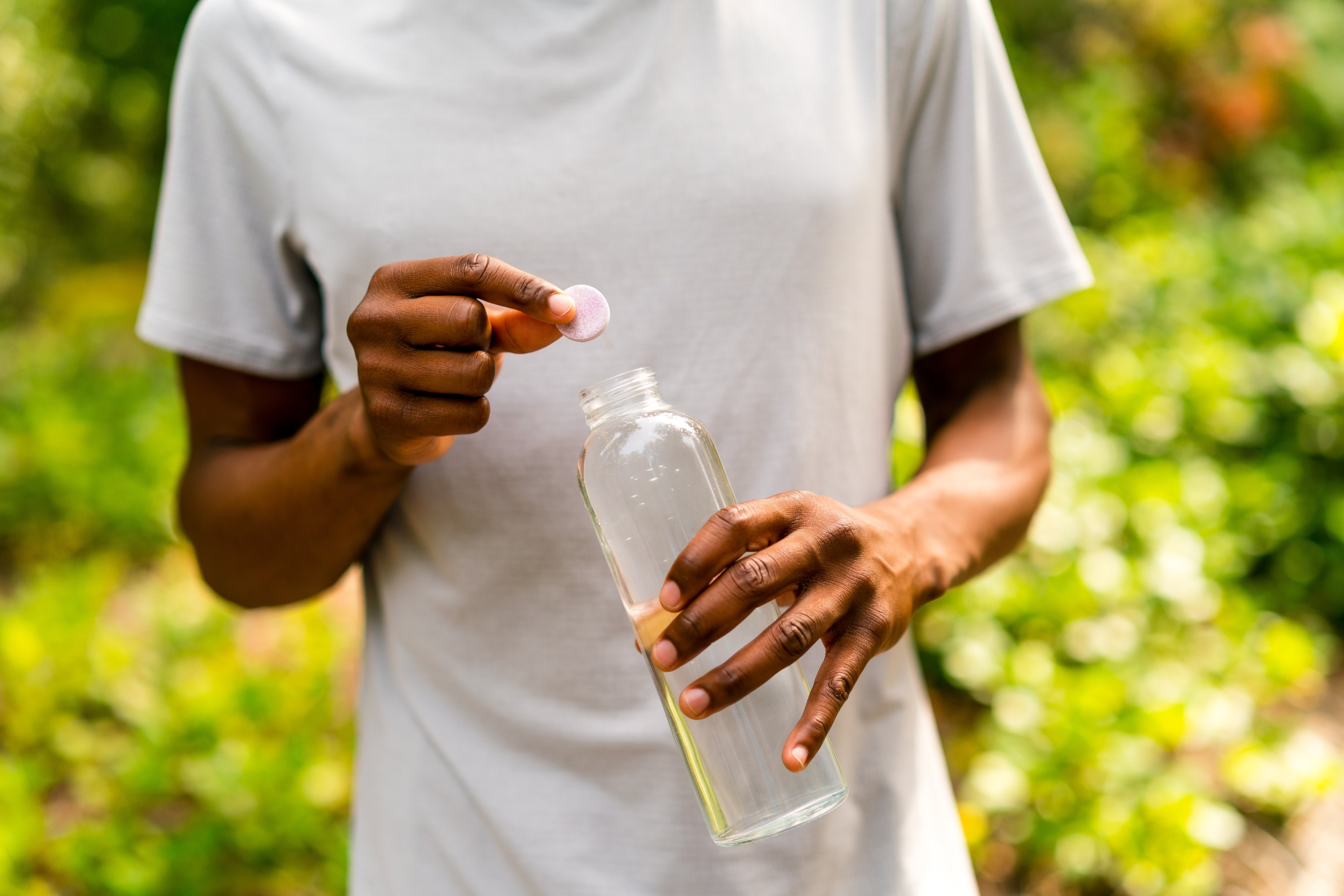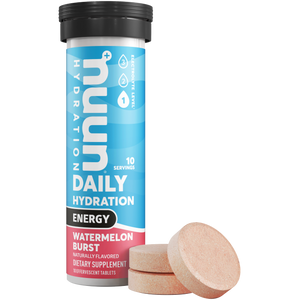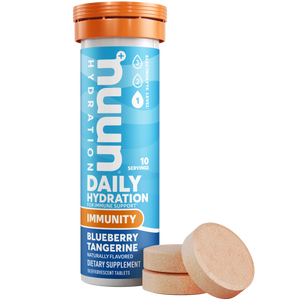Salt vs. Sodium Citrate
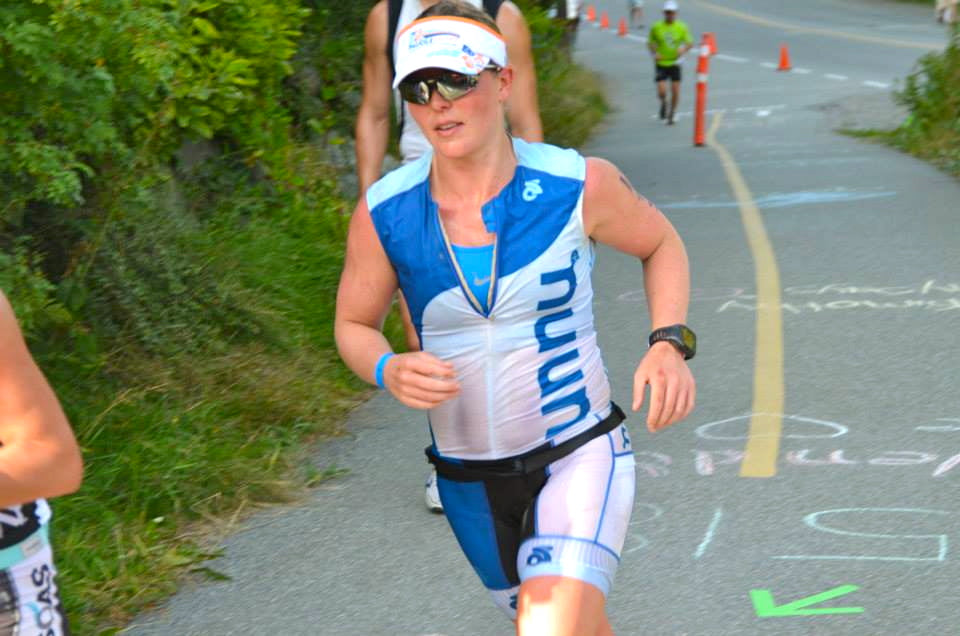
By Vishal Patel,
Chief Nutritionist
Not all salt is created equal.
On the last blog, we talked about electrolyte balance, and how it’s important to consume a balanced blend during exercise to ensure you get the most out of your hydration. Sodium, is the most crucial of these electrolyte to consume to help retain and utilize the fluid you are consuming. Similar to carbohydrates, lipids, and almost anything in life, all sodium are not equal. In fact, there are specific kinds of sodium you should look for during exercise, and some you should try and avoid as well.
The two types of sodium we’ll focus on for this blog are: salt (sodium chloride), and sodium citrate.
Salt comes in many forms, from sea salt to lite salt. In the end it is all a combination of sodium and chloride elements. Salt is found in extremely high concentration in processed food, so it’s best to avoid that food group altogether as excessive sodium intake (plus lack of exercise) can lead to many chronic diseases. But, what we are also seeing more and more, is sport drinks are using salt as an electrolyte source.
Now, you do lose sodium, and some chloride during sweat. But, from a physiological standpoint, the absorption of sodium chloride is very low. Therefore, you’re not getting all that you could be when consuming sport drink using salt (or sea salt).
In one of the only studies of its kind, a group of researchers looked at what moderate exercise does to water and salt transport/absorption. And what they found was that, intestinal absorption of sodium, chloride, and potassium are very different when at rest, and even during various exercise intensities. During moderate exercise, they found there was a ‘significant’ reduction in intestinal absorption of water, sodium, chloride and potassium, with chloride having the lowest absorption rate (1).
On the other end, there’s sodium citrate, that has been proven to help increase the absorption of fluid and other electrolytes (when combined with glucose). Not to mention, your body has the ability to absorb all of the sodium being consumed, due to its very high bioavailability. Note: in Nuun, we use sodium bicarbonate and sodium carbonate that react with citric acid to make sodium citrate, which is part of the effervescent system.
In the end, be sure to look out for balanced blends over anything. Sodium is key, but it’s not the only electrolyte you need during exercise. Consuming fluids with a blend of sodium, potassium, magnesium, and calcium will ensure you are staying hydrated and that your muscles will have the oxygen it needs to maintain exercise performance.
Additional references:
1. Barclay G.R, Turnberg L.A. (1988): Effect of Moderate Exercise On Salt And Water Transport In The Human Jejunum. British Medical Journal, 29, 816-820.
